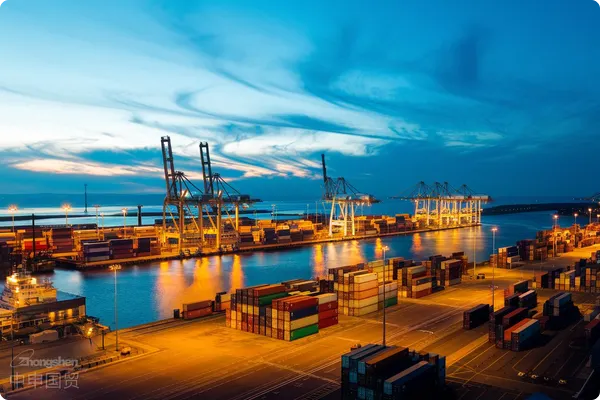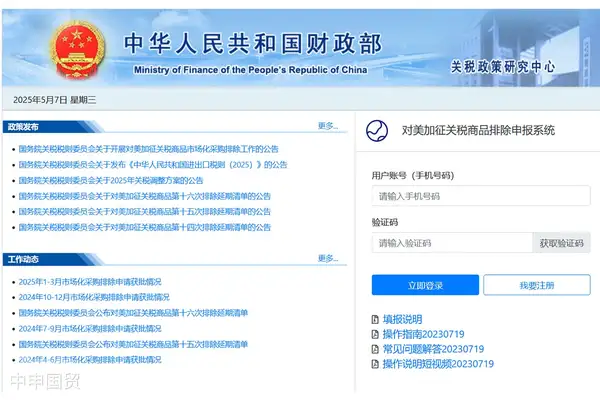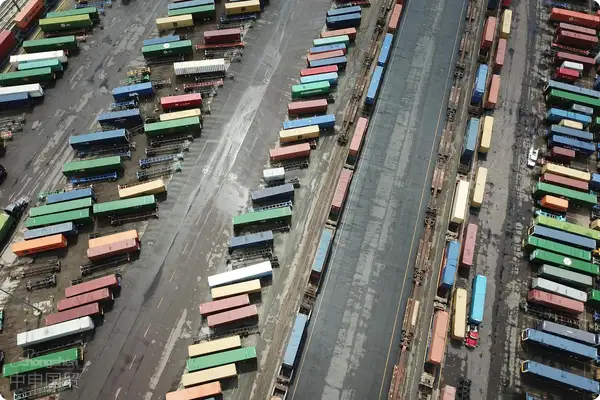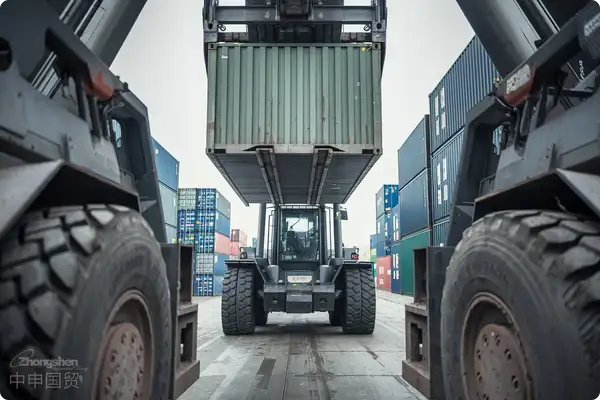- Shanghai Zhongshen International Trade Co., Ltd. - Two decades of trade agency expertise.
- Service Hotline: 139 1787 2118

University tax exemptionequipment. For example, Indonesia has the SNI certification, Thailand has the TISI certification, and the Philippines has the BPS certification. It is necessary to confirm in advance the equipment voltage (such as 380V/50Hz in Thailand), the compatibility of the CE certification, and the proof of environmentally friendly materials.special policy window
According to the Ministry of Finances newly revised 2025 Regulations on Exemption of Import Taxes for Scientific Research and Teaching Supplies, universities importing instruments and equipment directly used for scientific research and teaching can enjoy preferential policies including full tariff exemption and staggered VAT payments. However, behind these policy benefits lie three critical compliance points in actual operation:
Customs clearance full-process risk prevention system
First risk: Qualification recognition deviation
- Teaching unit recognition standards: Requires submission of Ministry of Education filing certificates and curriculum documents
- Research purpose definition: Must match national/provincial-level research project approvals
- Equipment functionality verification: Technical parameters must logically align with declared purposes
Second risk: Declaration element misalignment
- Commodity code classification error must be controlled within 3%
- It is recommended to verify through the following methods:Documentation must meet customs AEO certification requirements
- Equipment residual value assessment reports must be issued by designated agencies
Third risk: Post-clearance supervision blind spots
- Tracking equipment usage trajectories during 5-year supervision period
- Non-research usage triggers tax repayment mechanism
- Equipment disposal requires 30-day prior notification
Value Anchors of Professional Agency Services
When a 985 university introduced a cryo-EM system in 2025, the agencys failure to declare regulatory period changes resulted in 360,000 yuan in late fees for equipment relocation. This warns us to prioritize these factors when selecting agency services:
- Policy interpretation ability
- Customs clearance success rate for similar projects in the past three years
- Database of customs classification dispute resolution cases
- Risk prevention system
- Availability of dedicated ERP regulatory modules
- Establishment of complete equipment lifecycle records
- Emergency response mechanisms
- Response time for inspection anomalies
- Channels for tax supplement dispute negotiations
Key time nodes in practical operations
Taking the import of a mass spectrometer by a Double First-Class university in 2025 as an example:
- D+15: Complete internal approval process
- D+30: Obtain the Tax Exemption Confirmation Notice
- D+45: Complete pre-classification before equipment shipment
- D+60: Complete customs inspection within 48 hours after port arrival
- D+90: Establish electronic regulatory period records
Professional agency services can compress the overall clearance cycle by 40% and improve anomaly handling efficiency by 60% through establishingFull-process simulation mechanisms. When selecting partners, prioritize whether they possess core capabilities like Customs AEO Advanced Certification and can provide complete equipment lifecycle management systems.
Related Recommendations
? 2025. All Rights Reserved. Shanghai ICP No. 2023007705-2  PSB Record: Shanghai No.31011502009912
PSB Record: Shanghai No.31011502009912










